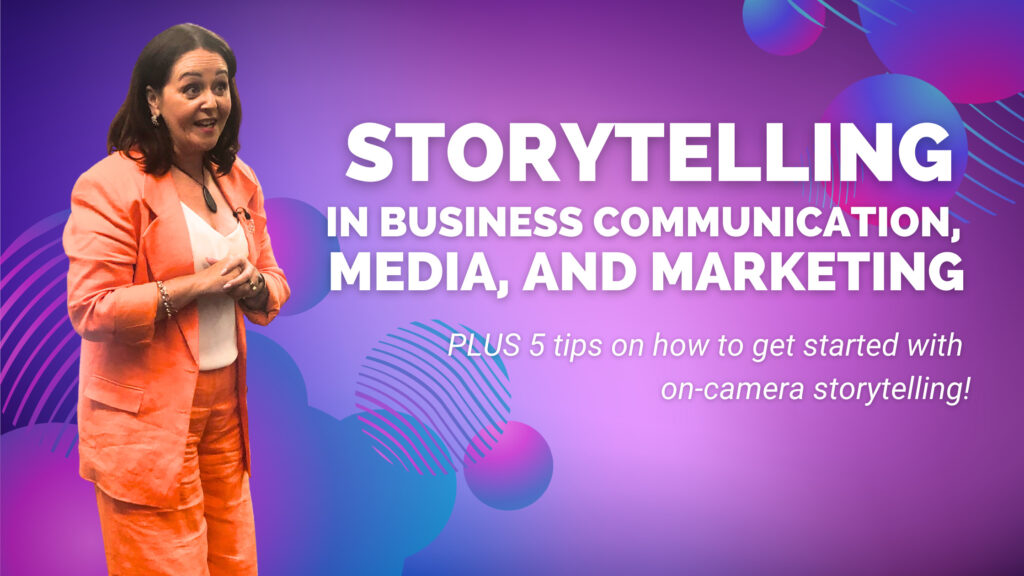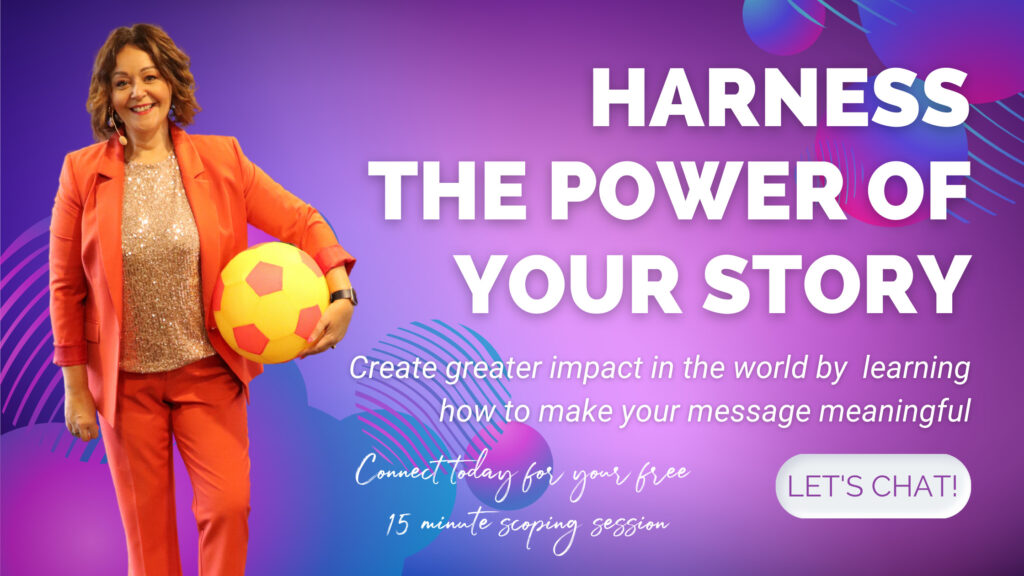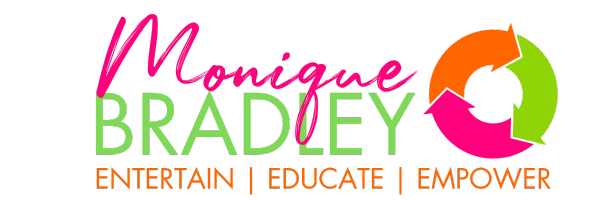Storytelling in Business Communication, Media, and Marketing and 5 Simple Tips to Get Started with On-Camera Storytelling

Storytelling in Business Communication, Media, and Marketing and 5 Simple Tips to Get Started with On-Camera Storytelling
We are all storytellers. How many times have you caught yourself sharing a funny event over a coffee with friends recounting the crazy things your kids have done? As a specialist in conscious communication, I have found that storytelling is the most effective way to engage with an audience, and is especially powerful in business communication, media, and marketing. Storytelling is an age-old technique that humans have been using for centuries to connect with each other, and its impact on a brand can be tremendous.
In this article, I will share how storytelling can make a difference in business communication, media, and marketing, and provide you with five simple tips on how to get started with on-camera storytelling. So, let’s dive in and explore the world of storytelling!
Firstly, here’s a list of the most common questions I get asked about storytelling:
What is storytelling in business communication?
Storytelling in business communication is the use of stories to convey information, evoke emotions, and connect with the audience. It is a powerful tool that can help businesses build trust and credibility with their audience and has proven to make brands more memorable! At a deeper level, stories enable us to activate different parts of the brain, releasing powerful chemicals such as oxytocin – the chemical associated with love and social bonding – or dopamine and serotonin, connected to success and mood. As Maya Angelou said: ‘People may not remember what you said, but they will remember how you made them feel.’ Stories are a great way to take people on a journey, activate those feelings and stay memorable.
How can storytelling be used in marketing?
Storytelling can be used in marketing to create a connection with the audience, showcase the brand’s values and beliefs, and demonstrate authenticity and relatability. By telling stories, businesses can differentiate themselves from their competitors and create a lasting impression on their audience. In the words of the great Dr Seuss, ‘No one is youer than you’, so use your unique story and share WHY you do what you do. It’s your competitive advantage.
What are the benefits of on-camera storytelling?
On-camera storytelling can help businesses connect with their audience on a more personal level, build trust and credibility, and increase engagement and sales. It can also help businesses showcase their brand’s personality and differentiate themselves from their competitors and I’ve found it’s a great way to make yourself more ‘shareable’ or have your brand sell for you while you sleep! The reality is, you can’t speak to all of your ideal clients all of the time, so well crafted video can be the sales pitch you need out in the market working for you! It’s also a great way to pre-qualify your ideal client who can connect with you via video and decide if you’re the person they want to work with. Once you meet them in real life, your job is simply to seal the deal!
How can I become a better storyteller?
To become a better storyteller, it’s essential to practice, observe other storytellers, and listen to feedback from your audience. It’s also important to understand your audience and tailor your message to their needs and interests. Read the room people!
Can anyone be a good storyteller?
Yes, anyone can be a good storyteller with practice and dedication and it’s also good to learn good storytelling techniques, story structure and the tools of delivery. It’s important to remember that storytelling is a skill that can be learned and improved over time. I started training as a speaker and storyteller when I was 8 which is why many people tell me I make it look easy (it’s years of practice!!!) – however, it’s never too late to start!
Remember too that storytelling can help build trust and credibility with your audience. By sharing personal experiences or showcasing the experiences of satisfied customers, you can demonstrate the authenticity and reliability of your brand. Authenticity and relatability are two crucial elements in storytelling so turn up, be authentic, be present and you’ll naturally create a sense of connection with your audience and community around your brand.
As a bonus, here’s my 5 top tips to get started with on camera storytelling:
Define Your Story
The first step in on-camera storytelling is to define your story. This means identifying the message you want to convey and the emotions you want to evoke in your audience. Take some time to reflect on your brand’s values, mission, and purpose. Think about the story you want to tell and the impact you want it to have on your audience.
Understand Your Audience
It is essential to understand your audience before crafting your story. This means researching their interests, needs, and pain points. By understanding your audience, you can create a story that resonates with them, while staying true to who you are and sharing stories that are relevant, evoking the emotions you want to convey and activating their emotions too.
Create a Compelling Narrative
Once you have defined your story and understood your audience, it is time to create a compelling narrative. This means structuring your story in a way that captures your audience’s attention and keeps them engaged. Start with a hook that grabs their attention, and then build up the story, including key details and emotions that will resonate with your audience.
Use Visual Aids
Visual aids, such as images and videos, can enhance your storytelling and make it more engaging. Use visuals that support your narrative and help your audience visualise your story. It could be in the form of props or a PowerPoint presentation. This can help, especially if you get nervous and you’re not sure what to do with your hands.
Practice, Practice, Practice
On-camera storytelling can be nerve-wracking, especially if you’re not used to being in front of the camera. That’s why practice is essential. Take some time to rehearse your story and practice delivering it on camera. Trying it out on your phone is a great place to start. Watch your recording, review and try it again. This will help you feel more comfortable and confident when it’s time to record your message.
Storytelling is a powerful tool in business communication, media, and marketing. By creating a connection with your audience, building trust and credibility, and demonstrating authenticity and relatability, you can create a lasting impression on your audience and strengthen your brand’s reputation.
When it comes to on-camera storytelling, it’s essential to define your story, understand your audience, create a compelling narrative, use visual aids, and practice, practice, practice. These five simple tips can help you get started with on-camera storytelling and create messages that resonate with your audience.
And of course, if you’re not sure where to start, what to do OR where to go next, book a scoping call with me and let’s plan your storytelling success!! Email me: Monique@wedofamous.com

Remember, storytelling is not just about conveying information. It’s about evoking emotions and creating a connection with your audience so you stay memorable. Be brave. Share your story and be authentic. Your audience will love you for it.

